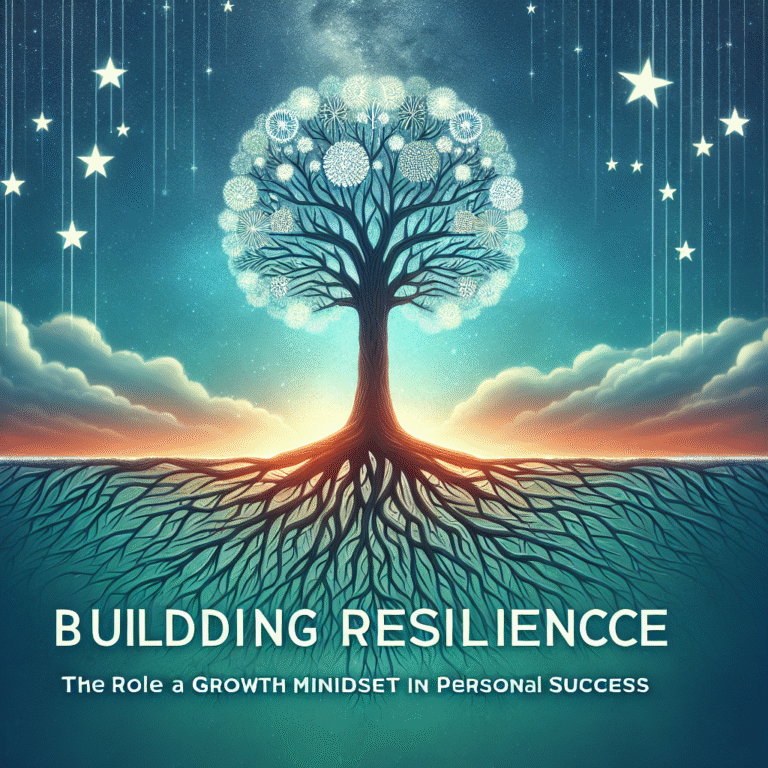
The Science of Stopping: Understanding Procrastination and How to Beat It
Introduction
Procrastination is more than just a bad habit; it’s a pervasive issue that affects millions worldwide, hindering personal growth and professional success. The Science of Stopping: Understanding Procrastination and How to Beat It delves deep into the psychological mechanisms behind why we delay tasks and ultimately suffer the consequences. If you’ve ever found yourself binge-watching your favorite series instead of tackling that big project or scrolling through social media when you should be studying, you’re not alone. This article aims to unravel the mysteries behind procrastination and provide actionable strategies to conquer it, helping you reclaim your time and boost your productivity.
Understanding Procrastination: Breaking Down the Symptoms
What Is Procrastination?
Procrastination is the act of delaying or postponing a task or set of tasks. While it may seem harmless initially, chronic procrastination can lead to significant stress, anxiety, and missed opportunities. Dr. Piers Steel, a leading researcher in the field, estimates that around 20% of adults are chronic procrastinators, with associated effects that can diminish overall life satisfaction.
The Psychological Triggers
Understanding the underlying psychological triggers of procrastination is crucial in The Science of Stopping: Understanding Procrastination and How to Beat It. Common triggers include:
- Fear of Failure: The dread of producing subpar work can lead some individuals to avoid tasks altogether.
- Perfectionism: This tendency can paralyze decision-making, as individuals constantly strive for an unrealistic standard.
- Overwhelm: The sheer size of a task can make it seem insurmountable, prompting avoidance.
- Instant Gratification: The desire to engage in enjoyable activities rather than focus on task completion leads to procrastination.
These triggers often intertwine, creating a complex web that makes overcoming procrastination challenging.
The Anatomy of Procrastination: Case Studies and Analysis
Case Study 1: The Researcher Who Missed the Deadline
Dr. Amelia Roberts, a dedicated researcher, found herself missing critical deadlines for her grant applications. An analysis revealed that her perfectionist tendencies led her to continuously tweak and edit her proposals rather than submitting them. Not until she implemented time management techniques and set hard deadlines did she start to submit her work on time.
Relevance
This case highlights how perfectionism can contribute to procrastination, emphasizing the importance of setting clear deadlines and prioritizing action over perfection.
Case Study 2: The Student Who Chose Distraction
John, a college student, consistently chose video games over studying for his upcoming exams. His enjoyment of gaming provided instant gratification, while the stress of studying led him to delay his academic responsibilities.
Relevance
John’s story illustrates the conflict between immediate pleasure and long-term goals, supporting the argument that managing distractions is key in The Science of Stopping: Understanding Procrastination and How to Beat It.
Strategies to Combat Procrastination
1. Understand Your Procrastination Triggers
Identifying your personal triggers is the first step in combating procrastination. Consider keeping a journal to record when you procrastinate and why. This self-awareness often leads to important revelations.
2. Break Down Tasks into Manageable Steps
Breaking larger tasks into smaller, actionable steps can make them feel less daunting. For example, instead of “write a paper,” you might make a list of steps like “choose a topic,” “research sources,” and “write an outline."
| Task | Subtasks |
|---|---|
| Write Paper | – Choose a Topic – Research Sources – Write an Outline – Draft the Paper – Edit and Revise |
3. Set Specific Goals and Deadlines
Implement SMART goals (Specific, Measurable, Achievable, Relevant, Time-bound) to provide clarity and a sense of urgency. Rather than saying, “I’ll work on my project,” say, “I will draft my introduction by 5 PM tomorrow.”
4. Develop a Routine
Incorporating a consistent routine can help prime your mind for productivity. Schedule dedicated blocks of time for work and leisure, ensuring you create a balance.
5. Use Positive Reinforcement
Reward yourself for completing tasks. This could be as simple as taking a break to enjoy a snack or indulging in an episode of your favorite show after a productive work session.
The Role of Mindfulness in Overcoming Procrastination
Understanding Mindfulness
Mindfulness is the practice of being present in the moment, often achieved through meditation and focused breathing techniques. It helps individuals recognize their thoughts and feelings without judgment, creating a healthier emotional response to stress and anxiety.
Implementing Mindfulness Techniques
Engaging in mindfulness practice can significantly enhance focus and reduce procrastination. Techniques include:
- Mindful Breathing: Taking a few minutes to focus solely on your breath can bring clarity before tackling a task.
- Body Scan Meditation: This technique helps develop awareness of how procrastination feels physically, making it easier to confront.
Case Study 3: The Busy Executive Who Found Balance
Sarah Jones, a high-powered executive, felt overwhelmed by constant deadlines and client expectations. After incorporating mindfulness into her daily routine, she found that taking time to breathe and reset allowed her to approach tasks with renewed clarity and reduced procrastination.
Relevance
Sarah’s experience emphasizes the positive impact mindfulness can have on productivity, suggesting that being present can help break the cycle of procrastination.
Leveraging Technology to Beat Procrastination
Productivity Apps
There are innumerable productivity apps designed to help users stay focused. Popular apps include:
- Trello: This project management tool helps break tasks into manageable parts and track progress.
- Pomodoro Timer: This technique breaks work into intervals, encouraging focused bursts of productivity.
- Todoist: A simple task manager to help you stay organized and accountable.
Setting Digital Boundaries
Use applications like Freedom or StayFocusd to limit access to distracting websites and apps during work hours. Setting these boundaries ensures that you remain focused on your tasks.
Building a Supportive Environment
The Importance of Community
Surrounding yourself with supportive individuals can bolster your motivation and commitment to avoid procrastination. This may involve joining study groups, seeking accountability partners, or engaging in professional networks.
Creating a Productive Workspace
Your environment can significantly impact your mindset. Ensure that your workspace is conducive to productivity by minimizing distractions and having the necessary materials at arm’s reach.
Conclusion
Procrastination is a complex phenomenon that can hinder personal and professional achievements. Yet, through self-awareness, structured goals, mindfulness practices, and technological support, it is entirely possible to overcome this challenging habit. Understanding yourself and the dynamics of procrastination is the foundation of The Science of Stopping: Understanding Procrastination and How to Beat It.
Take Action Now!
By implementing the techniques discussed, you can begin to take control of your productivity today. Remember, the journey to overcoming procrastination is ongoing, but with persistence and the right strategies, success is within reach!
FAQs
1. Why do I procrastinate even when I know it’s harmful?
Procrastination can stem from a variety of psychological triggers, such as fear of failure or perfectionism. Understanding your personal reasons can help you develop targeted strategies to confront this behavior.
2. Are there any long-term effects of chronic procrastination?
Yes, chronic procrastination can lead to mental health issues, such as anxiety and depression, and can negatively impact academic and job performance, creating a cycle of stress and avoidance.
3. Can mindfulness really help with procrastination?
Absolutely! Mindfulness practices, such as meditation and focused breathing, can increase self-awareness and reduce anxiety, making it easier to address feelings that lead to procrastination.
4. What role does goal-setting play in overcoming procrastination?
Setting specific, achievable goals (SMART goals) creates a clear pathway toward task completion and instills a sense of urgency. It helps break overwhelming tasks into manageable steps.
5. Are there any particular apps that can help with procrastination?
Yes! Popular apps such as Trello, the Pomodoro Timer, and Todoist can enhance focus and productivity by organizing tasks and limiting distractions.
In conclusion, The Science of Stopping: Understanding Procrastination and How to Beat It reveals insightful strategies backed by science to help you overcome one of the most common barriers to success. Start your journey today!
















